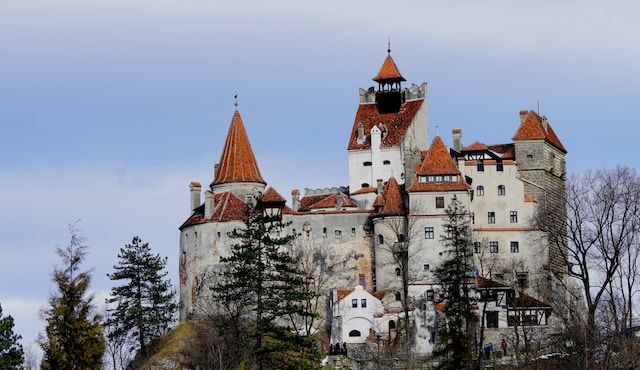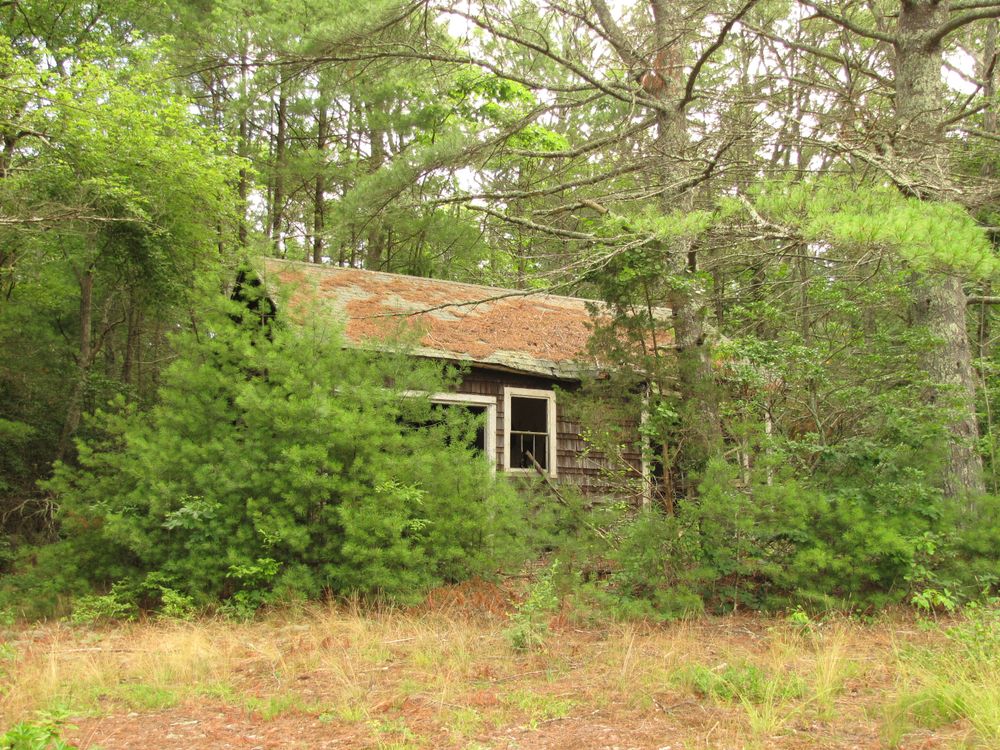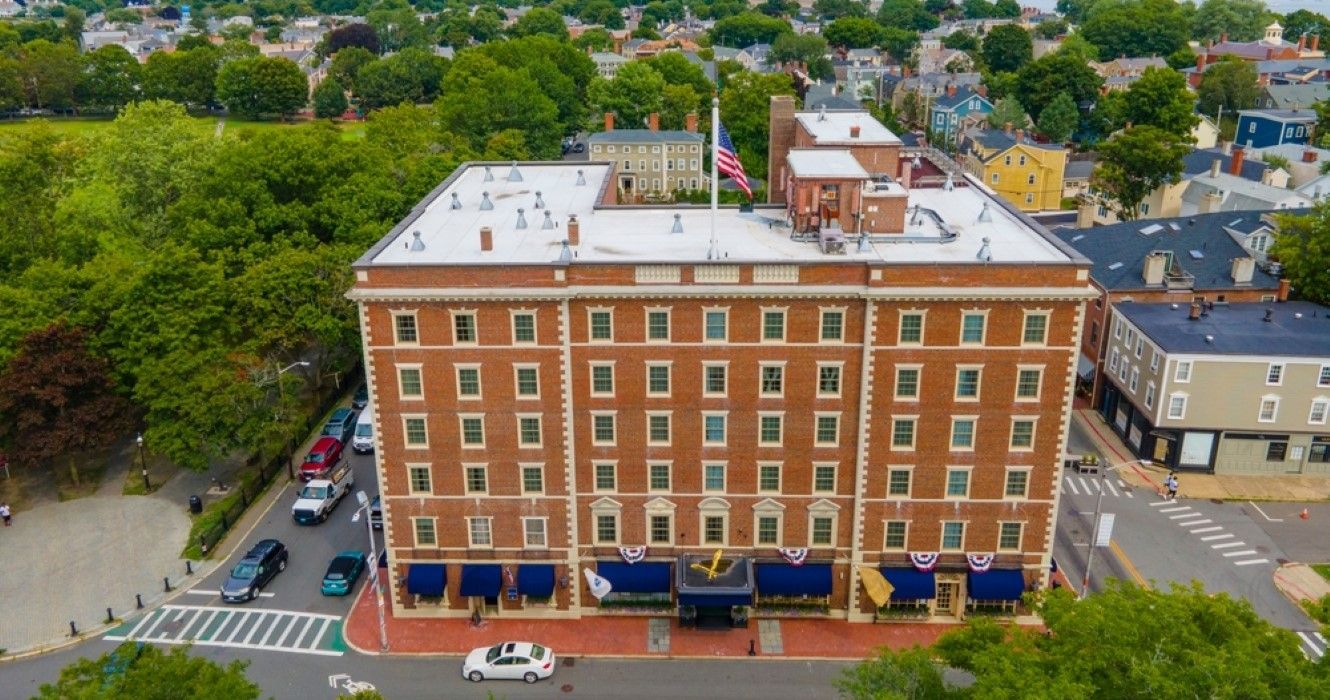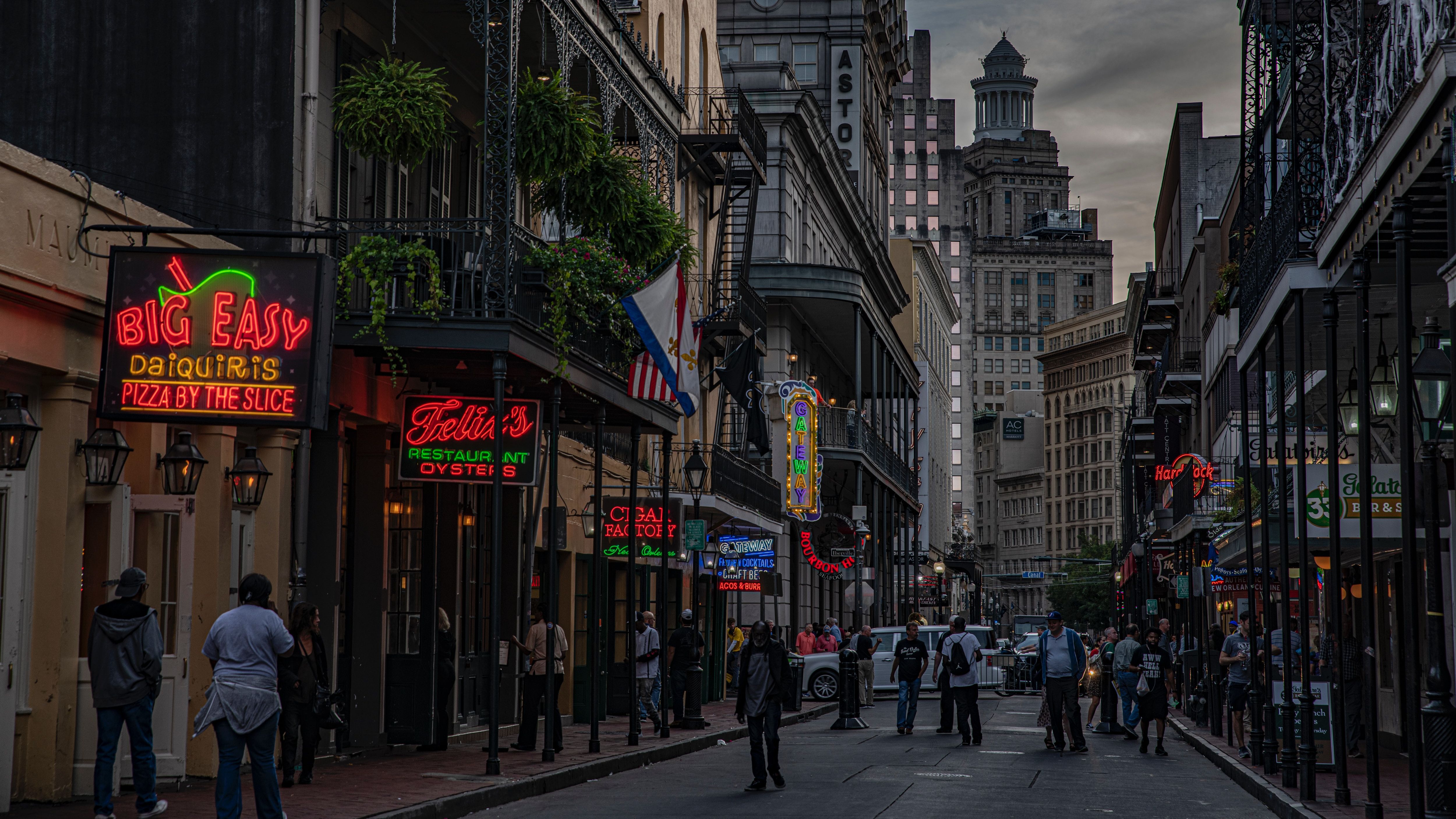Read update
- Vampires Continue To Spark Interest From Across The World
Summary
- Vampires have a long history and have existed in various forms throughout different cultures, from Vlad the Impaler to Mercy Brown in Rhode Island. They were once seen as terrifying creatures, far different from the modern-day romanticized versions.
- In the 1800s, there was a belief that vampirism was the cause of tuberculosis, leading to mass hysteria and dangerous practices like removing and burning the hearts of the deceased to cure the disease.
- New Orleans has a rich history of vampire lore and is known for its association with dark magic and mythical beings. The city's unique energy and cultural mix have contributed to the fascination with vampires in this area.
Most know vampires from pop culture and literature of the horror genre, and it's safe to say that throughout the decades, the appearance, storytelling, and allure of the creature have been altered significantly. What started out as a monster living in a castle has turned into an immortal young adult love story as, somehow, the ancient evil that once surrounded these legends has turned vampires into modern-day heroes. Looking back, the evolution of all mythical creatures - werewolves, once known as Lycans, included - has been romanticized. Tales of the Lochness monster and other creatures (good and evil) have become a major part of global folklore.
As with all things, a single moment must be pinpointed to mark the exact inspiration for such tales. Going back, history will always hold the key to learning how and why the term 'vampire' came about, and while many believe it started with Bran Castle in Transylvania, many more instances throughout the centuries prompted both fear and curiosity about these beings. They weren't always touted as heroes, and they definitely didn't fall in love with humans, and the real-life 'vampires' were far more terrifying than what we know in movies and literature today.
UPDATE: 2023/11/17 15:32 EST BY NOAH STAATS
Vampires Continue To Spark Interest From Across The World
Although some don't believe in them, vampires have long terrorized local communities, kingdoms, and continents since the early stages of humanity. From myth to real-life vampires flying through the sky, evidence points toward many of these hard-to-fathom stories being very true.
Vlad The Impaler
Everyone has heard the famous stories of Vlad the Impaler, the ruthless ruler who led a reign of terror across Europe between the years of 1456 and 1462. While he has gone down in history as a 'just' ruler, according to History.com, he still had a reputation for brutality due to his favorite way of eradicating enemies. He had a love for impaling people, which is obviously what inspired his historic title, but supposedly, his cruel actions didn't simply end in impaling.
It was also rumored that Vlad the Impaler would dip his bread into the blood of his enemies, but there's no evidence to discount or confirm this accusation. While it would be fitting for such a tyrannic ruler, these gruesome habits are also said to have inspired Bram Stoker's Dracula, which took place in the same location - Romania - and a castle with which Vlad the Impaler would have been familiar, Bran Castle. Therefore, Vlad the Impaler has become well known in vampiric history, even though the traditional actions of a 'vampire' are slightly different.
- Vlad the Impaler: This vampire was known to be incredibly sinister and reigned over Europe in the mid-1400s.
Mercy Brown
Another well-known figure in vampire lore is Mercy Brown. Perhaps one of the more tragic tales, Brown is said to be one of the most notorious 'vampires' in history. She lived in Exeter, Rhode Island in the late 1800s. Similar to the Witch Trials of Salem, Massachusetts, there was a period of time when residents of New England believed that vampirism was also an evil disease, and the bodies of the undead would often be searched for what townspeople considered to be signs and symptoms.
Brown was one of many members of her immediate family who passed on around the same time, thus prompting an investigation into their deaths and the potential for vampirism. During this time, it was not uncommon for people to blame such a mass tragedy on one family member, thus citing vampirism as the cause. It was a combination of biology and coincidence that Brown died during the winter in New England and was also buried in an above-ground vault, which helped to preserve her body for far longer than the average burial. Therefore, when her body was exhumed and examined, it was determined that vampirism was the cause of such miraculous preservation. After she was accused, the townspeople cut out her heart and burned it - as was common practice for those suspected of vampirism - to prevent her from further 'cursing' her family from the grave.
- Mercy Brown: Known as a real-life vampire, Mercy Brown lived in Exeter, Rhode Island, and was killed by the townsfolk at that time.
The New England Vampire Pandemic
During the 1800s, medical practice was nothing of what it is today, as it was in its early stages, and there was still much to learn about the human body. Tuberculosis was affecting much of the population, and its effects on the body were not only new but horrifying, in some cases, leading to mass hysteria over what could be causing such an illness - and 'vampires' were to blame.
Salem, Massachusetts, is another history-rich location with a troubled past with magic and evil taking over the minds of townspeople and leaders.
Superstition fueled many medical practices, and the expulsion of vampires was no different. And every time a person passed away from Tuberculosis - called 'consumption' back then - it was believed their heart would need to be removed and burned. The ashes could be a 'cure' for vampirism. While this was obviously wildly inaccurate and dangerous, no one knew any better during the late 1800s, and it was until many decades later that more would be learned about diseases, their causes, and potential treatments.
- The 1800s weren't great for vamps: In the 1800s, New England saw great discrimination for those associated with "evil" or magic. Vampires were included in this terrorizing effort.
The New Orleans Vampire Lore Is Also Rather Fascinating
New Orleans has become known for many things, whether it's voodoo, a dark slave past, great seafood, soulful music, or anything else you could imagine; however, vampires are also prevalent here. Since the beginning days of the city, New Orleans has been rumored to harbor vampires, witches, and other mythical-like beings. Boutique du Vampyre in the French Quarter has capitalized off the vampire history of New Orleans, as have countless businesses, events, and social media postings.
These vampire cafes are extra spooky and should be visited only if you're up for it.
New Orleans has an interesting energy, so adding vampires to the mix would not surprise locals or those who have frequented the city for travel. A notable vampire in the area was Jacques de St. Germain, who was said to have killed many people in New Orleans during his decade of terror.
Of course, the French culture mixed with African flare has spawned endless myths, characters, and real-life adaptations in TV and film. New Orleans is like no other place on Earth. Vampire or not.
- New Orleans vampires: This city has long been associated with dark magic and vampire characters.





